A Self-Assessment Guide for Health Care Organizations - IFC
A Self-Assessment Guide for Health Care Organizations - IFC
A Self-Assessment Guide for Health Care Organizations - IFC
You also want an ePaper? Increase the reach of your titles
YUMPU automatically turns print PDFs into web optimized ePapers that Google loves.
Standard FSE.4 [Fire/smoke safety plans]<br />
The organization plans and implements a program to ensure that all occupants are safe from fire, smoke, or other potential emergencies<br />
in the facility.<br />
Intent of FSE.4<br />
Fire is an ever-present risk in a health care facility. Thus, every organization needs to plan how it will keep its occupants safe in case of fire or<br />
smoke. The organization adopts preventive measures including:<br />
• safe storage and handling of potentially flammable materials (e.g. flammable medical gasses such as oxygen);<br />
• use of early warning/early detection systems such as fire patrols, smoke detectors and fire alarms;<br />
• provision of suppression mechanisms such as water hoses, chemical suppressants, and sprinkler systems;<br />
• managing hazards related to any construction in or adjacent to the patient-occupied buildings; and<br />
• ensuring safe and unobstructed means of exit <strong>for</strong> patients, staff and visitors in the event of a fire.<br />
Such plans and safeguards are required no matter what the age, size, or construction of the facility.<br />
Measurable Element Look <strong>for</strong> Score Observations<br />
What is required<br />
1) The organization has a<br />
program to ensure that all<br />
occupants of the facility<br />
are safe from fire and<br />
smoke (or other non-fire<br />
emergencies). A Fire Safety<br />
Plan specifies<br />
a. the frequency of<br />
inspecting, testing, and<br />
maintaining fire<br />
protection and safety<br />
systems,<br />
b. the procedures <strong>for</strong><br />
safely evacuating the<br />
facility in the event of<br />
a fire or smoke,<br />
c. the process <strong>for</strong> testing<br />
(exercising all or a<br />
portion of the plan), at<br />
least twice per year,<br />
d. the necessary training<br />
of staff to effectively<br />
protect and remove<br />
patients when an<br />
emergency occurs, and<br />
e. the participation of<br />
staff members in at<br />
least one fire safety<br />
test per year.<br />
How is this element<br />
assessed<br />
A Fire Safety Plan contains all the<br />
required elements.<br />
There is evidence that the Plan is<br />
continually updated, e.g. based on<br />
regulatory changes, facilities<br />
development and corrective actions<br />
identified during regular testing of<br />
the Plan.<br />
0 5 10 Why did you give this score<br />
........................................................<br />
........................................................<br />
........................................................<br />
........................................................<br />
........................................................<br />
........................................................<br />
........................................................<br />
........................................................<br />
........................................................<br />
........................................................<br />
........................................................<br />
........................................................<br />
........................................................<br />
........................................................<br />
68 <strong>IFC</strong> <strong>Self</strong>-<strong>Assessment</strong> <strong>Guide</strong> <strong>for</strong> <strong>Health</strong> <strong>Care</strong> <strong>Organizations</strong>



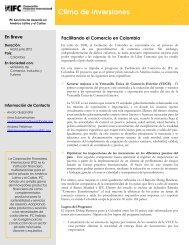
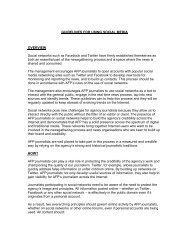
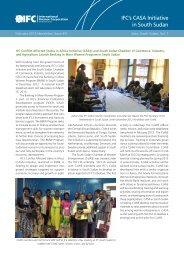

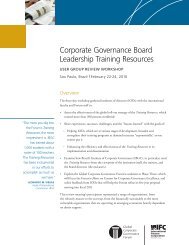


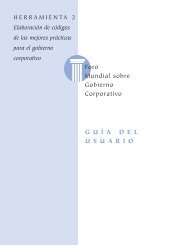

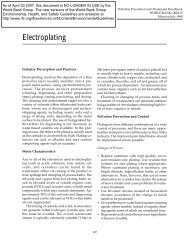

![Print a two-page fact sheet on this project [PDF] - IFC](https://img.yumpu.com/43449799/1/190x245/print-a-two-page-fact-sheet-on-this-project-pdf-ifc.jpg?quality=85)


